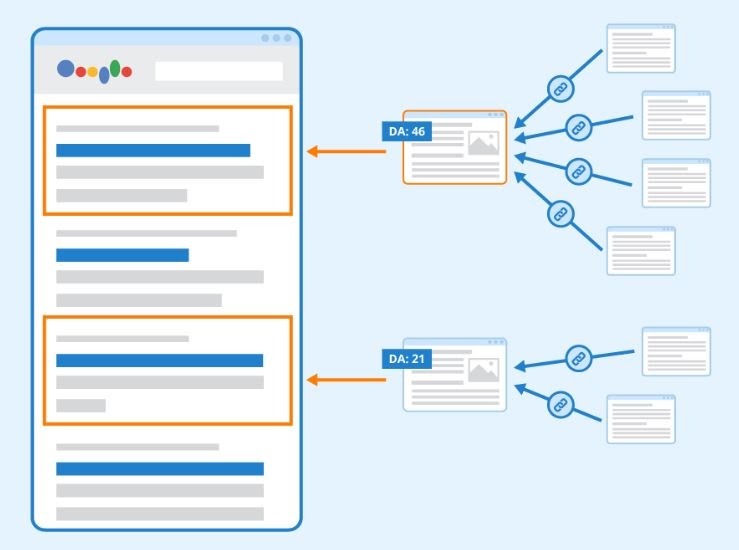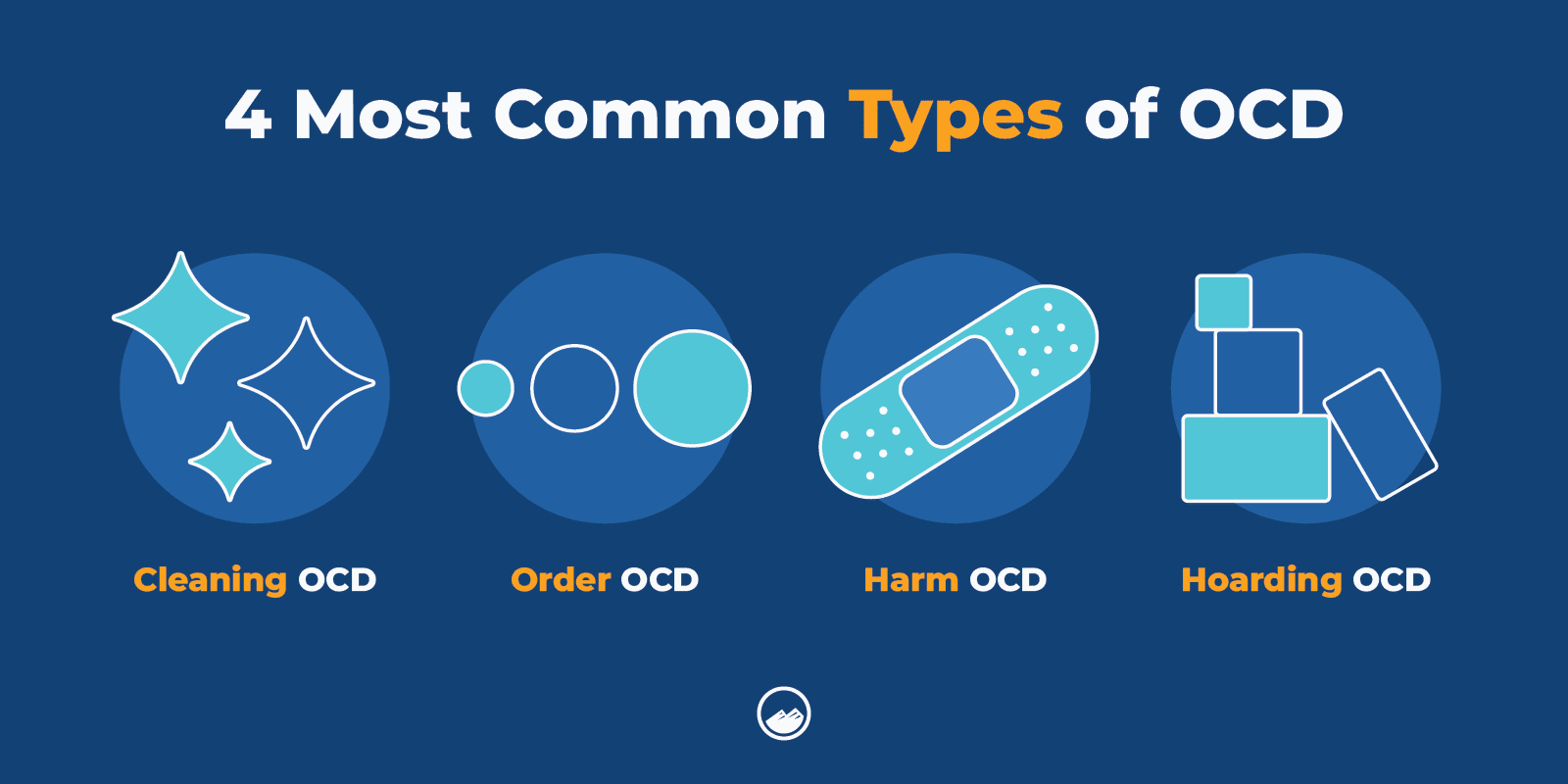Obsessive-Compulsive Disorder (4 types of ocd) is a mental health condition characterized by persistent, intrusive thoughts (obsessions) and repetitive behaviors (compulsions). OCD can manifest in various ways, but it generally falls into four broad categories. Understanding these types helps in recognizing the disorder and seeking appropriate treatment. The four common types of OCD are:
1. Contamination and Cleaning OCD
Overview: People with this type of OCD experience intense fear of contamination by germs, dirt, or other perceived impurities. They often feel compelled to engage in excessive cleaning or hygiene rituals to alleviate the anxiety caused by these fears. Common Obsessions:- Fear of germs, bacteria, or viruses
- Concern about environmental toxins or chemicals
- Worry about being "contaminated" by touching objects or people
- Excessive handwashing or showering
- Avoiding public places or certain objects (like door handles)
- Cleaning household items repeatedly, sometimes for hours at a time
2. Symmetry and Ordering OCD
Overview: Individuals with symmetry or ordering OCD have an obsession with order, symmetry, or exactness. They may feel an overwhelming need for things to be arranged "just right" or in a certain sequence. Common Obsessions:- Fear that something terrible will happen if objects aren’t perfectly arranged
- Intense discomfort when things are not symmetrical or aligned
- Fixation on numbers or counting rituals
- Arranging and rearranging objects until they "feel right"
- Repeatedly counting or following a specific order in activities
- Tapping or touching objects in a certain sequence to prevent harm
3. Harm or Forbidden Thoughts OCD
Overview: This type involves intrusive thoughts about harming oneself or others, or having inappropriate or disturbing thoughts, often related to violence, sexuality, or religious blasphemy. While the thoughts are distressing, people with this type of OCD usually have no desire to act on them. Common Obsessions:- Fear of accidentally harming a loved one (e.g., by causing a car accident)
- Disturbing thoughts about inappropriate sexual behavior or violence
- Religious or moral doubts, often involving blasphemy or sacrilege
- Seeking reassurance from others that they haven’t harmed anyone
- Avoiding situations where they might hurt someone (e.g., avoiding sharp objects)
- Mental rituals, like praying or repeating specific phrases to counteract bad thoughts
4. Checking OCD
Overview: Checking OCD involves repeated behaviors to ensure that things are safe or done correctly. People with this type are often plagued by doubts that they’ve made a mistake or that something bad might happen if they don’t check. Common Obsessions:- Fear of accidentally causing harm (e.g., leaving the stove on, locking the door)
- Worry about losing important items like wallets, keys, or documents
- Anxiety about making mistakes, such as sending the wrong email or leaving out details
- Repeatedly checking locks, appliances, or documents
- Verifying tasks, like checking multiple times if the stove is off
- Reviewing actions or conversations to ensure nothing was done wrong
Conclusion
OCD is a complex disorder that can take various forms, but the four main types—contamination and cleaning, symmetry and ordering, harm or forbidden thoughts, and checking—are commonly recognized. Each type involves obsessions and compulsions that cause significant distress and can interfere with daily life. It’s important to note that individuals may experience more than one type of OCD at once, and the intensity can vary over time. If you or someone you know struggles with OCD, seeking help from a mental health professional is crucial. Cognitive-behavioral therapy (CBT), particularly Exposure and Response Prevention (ERP), is often highly effective in treating OCD, helping individuals manage their symptoms and regain control over their lives.Read more :
1= https://checkwebsitedr.com/blogs/what-are-the-7-capital-sins-and-their-meaning/
2= https://checkwebsitedr.com/blogs/what-are-the-5-oceans/
3= https://checkwebsitedr.com/blogs/the-five-pillars-of-islam-a-comprehensive-overview/
4= https://checkwebsitedr.com/blogs/what-are-the-4-types-of-ocd/
5= https://checkwebsitedr.com/blogs/what-are-the-23-flavors-in-dr-pepper/


